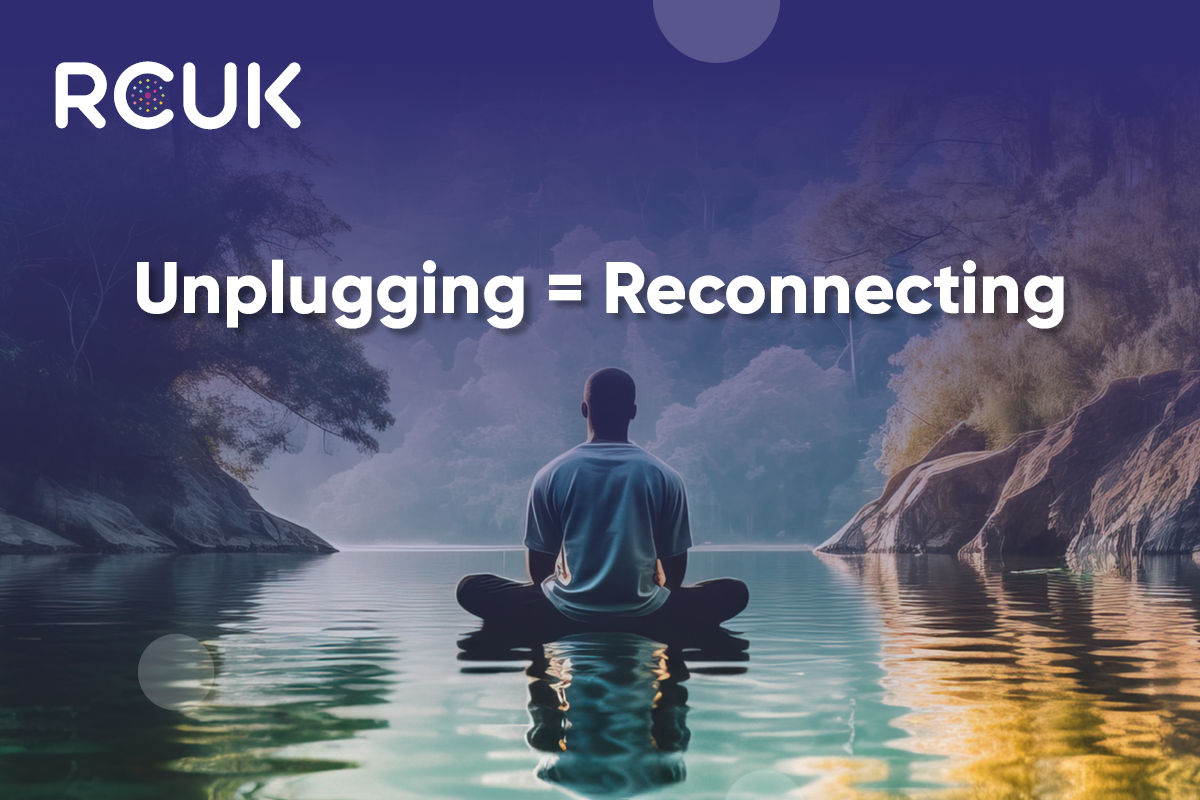The recent release of the iPhone 11, whilst garnering some publicity, did not attract the same high levels of news coverage that has typically been the case for previous updates. Granted, apart from the striking camera arrangement on the rear of the more expensive models, it is more of an incremental update rather than a major one. Even Apple themselves gave the iPhone the same amount of time as other new announcements on the day, normally it monopolises the event!
So, does this mean that smartphone design has reached its zenith and we will see only slight changes to future models? Take for example Huawei, they recently announced the new Mate 30 and Mate 30 Pro. Very attractive phones packed with features, but they did not look much different to the Mate 20.
Environmental concerns
This could be what is driving people to hold onto their phones for longer. After all a smartphone is more than a utilitarian object for most people. It is a statement of who they are and having the latest phone is vital for their image. So, if you can’t tell it is the latest version (unless you look very closely) then why not stick with the near identical one you have. After all, top models are not cheap, regularly breaching the psychological £1,000 mark.
Coupled with this is a new environmental awareness. A report recently sent to the EU pointed out that if all EU citizens held onto their smartphones for a year longer, it would save enough CO2 in the production process that would be the equivalent of removing all cars from Denmark.
Getting back the wow factor
So, is the period of exciting new smartphone designs, that effectively started with the first iPhone in 2007, over within 12 years? I don’t think so, as I believe this is a “calm before the storm”. I saw on TV last night the first advert for the new Samsung Galaxy Fold, a revolutionary phone that turns it into a tablet. This is a real game changer.
It is likely that Apple, Huawei and others will follow. But this is only the start of the next phase. Manufacturers know that to keep customers changing their phones regularly, they will have to be innovative in their design and return the wow factor to new releases.
Patents have already been filed for things like screens that roll up, and gesture control, avoiding the need to touch the screen. These will eventually filter through to production handsets and we will soon be in the second wave of smartphone design innovation.
I think the next major test will come in early 2020 when Samsung traditionally announce their new flagship phone – slated to be the S11 or perhaps Galaxy One. The way this looks when compared to previous phones could be quite different and cause other manufacturers to raise their game.








